How to disassemble the water supply valve in a washing machine?
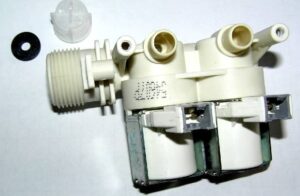 Impurities contained in tap water can clog the inlet valve of an automatic washing machine so much that it can only be cleaned after complete disassembly. When a newbie is faced with a job, it seems to him that it is easier to install a new part than to wash the device. This is not so; with proper skill, you can literally “reanimate” an old spare part in 15-20 minutes, restoring the operation of the machine.
Impurities contained in tap water can clog the inlet valve of an automatic washing machine so much that it can only be cleaned after complete disassembly. When a newbie is faced with a job, it seems to him that it is easier to install a new part than to wash the device. This is not so; with proper skill, you can literally “reanimate” an old spare part in 15-20 minutes, restoring the operation of the machine.
Is it better to clean the valve or replace it?
Some internal parts of washing machines require periodic cleaning. These are all filters, pump, pipes and other elements. Disassembling the valve of a washing machine in order to wash it is not as difficult as it seems at first glance.
Water is poured into the machine through the inlet valve. Most of the impurities: sand, debris, rust, settle on the inlet filter and membrane. Therefore, it is not surprising that after a few years of operation, the washing machine will begin to fill more and more slowly, indicating a clogged part. The valves differ on different models of washing machines. Old Samsungs and Indians have single devices. Modern washing machines usually have double-type parts. Triple and quadruple valves are also found.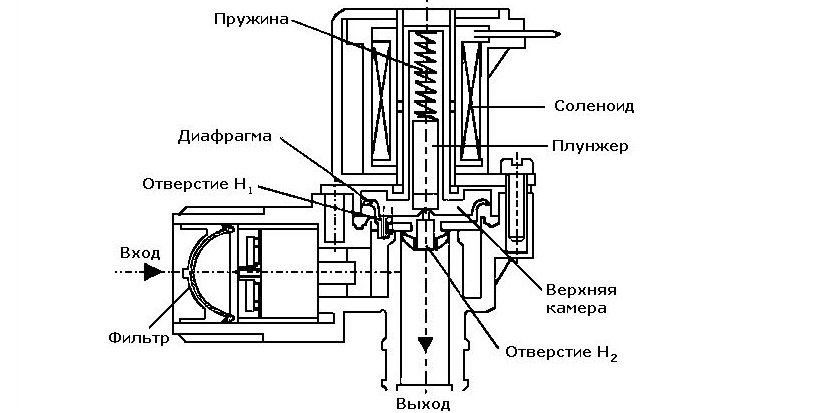
The fill valve consists of a coil, a sensitive membrane, a rod, a spring and a mechanism responsible for activating the plug. The structure operates due to the pressure of the water supply. To check the serviceability of the part, you will need a multimeter. The tester should be switched to ohmmeter mode and its probes should be applied to the element contacts. A working “electromagnet” will produce a resistance within 3-4 kOhm.
If you notice that the solenoid valve coil is deformed, immediately replace the entire element, otherwise the machine’s control board may burn out.
What else can happen to the intake valve? When the machine is parked in a cold room, the water in the device sometimes freezes, and the plastic housing of the element cracks. In this situation, it is imperative to install a new part.
If only the inlet filter of the water supply valve is clogged, everything will be even simpler. It is enough just to unhook the inlet hose from the body, use pliers to remove the clogged mesh, rinse it well and install it back. When there is a deeper blockage, you will have to disassemble the part.
Disassembly progress
It doesn't matter if your washing machine has a single, double or triple inlet valve. The disassembly process will be the same in any case. The only difference is that you will have to remove not one coil, but, for example, two, and so on. During the work you will need the following tools:
- slotted screwdriver;
- pliers.
To disassemble the washing machine valve, you must:
- use a screwdriver to remove the coil (or coils, if the device is a double or triple type), prying it from the bottom up;
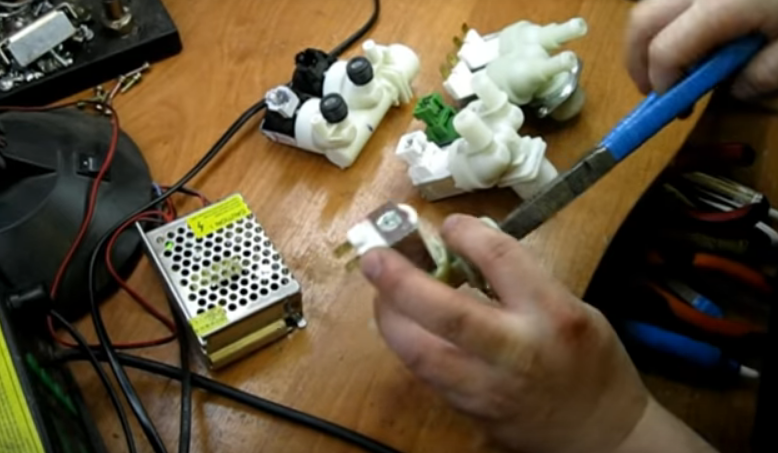
- Using pliers, remove the housing in which the rod with the spring is hidden. It is important to act carefully so as not to damage the valve components;
If the rods do not budge, spray them with WD-40, wait 5-10 minutes and try again.
- Unhook the membrane from the rod body. It must be clean; if there are traces of rust, they must be cleaned off;
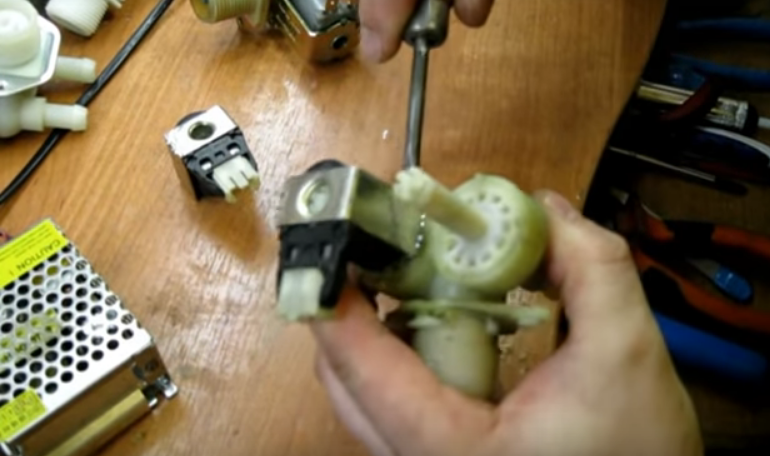
- pull out the rod and metal spring. Sometimes these parts of the water supply valve become clogged with debris. Inspect the elements and clean them.
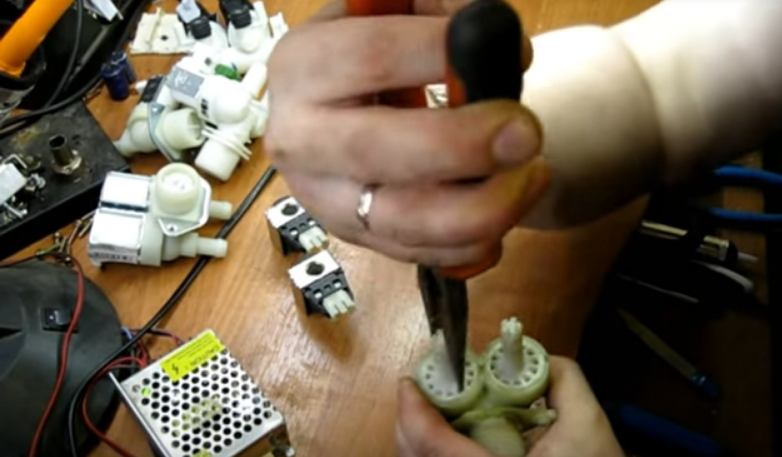
This will complete the disassembly of the SMA intake valve. Inspect the membrane, it should be intact, without any damage. After cleaning all the components, you can assemble the part and check its functionality. Assembly is performed in reverse order. 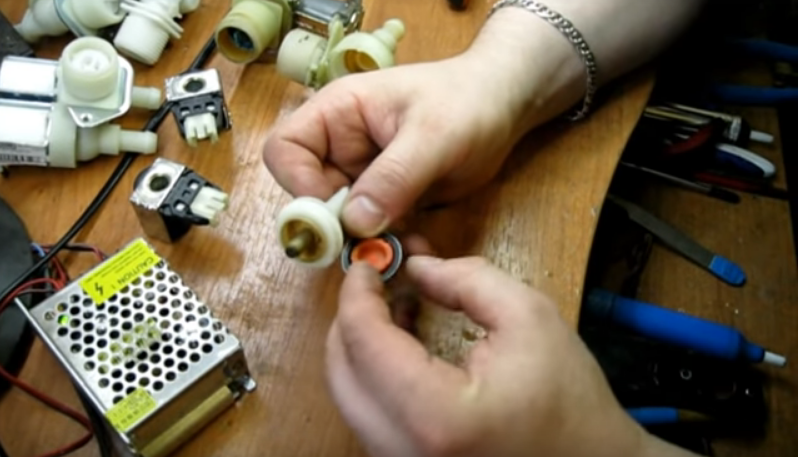
The spring is put in place, the membrane is put in, the rod is screwed in. The reel is then put on by hand. To check whether the device is working, it is enough to apply a voltage of 220 Volts to the coils.
Older washing machines have slightly different valves; the coil is secured with self-tapping screws. Therefore, before removal, it is necessary to unscrew all fastening bolts. The further course of disassembly will be the same: you need to remove the rod and clean the membrane with the spring.
Interesting:
Reader comments
- Share your opinion - leave a comment



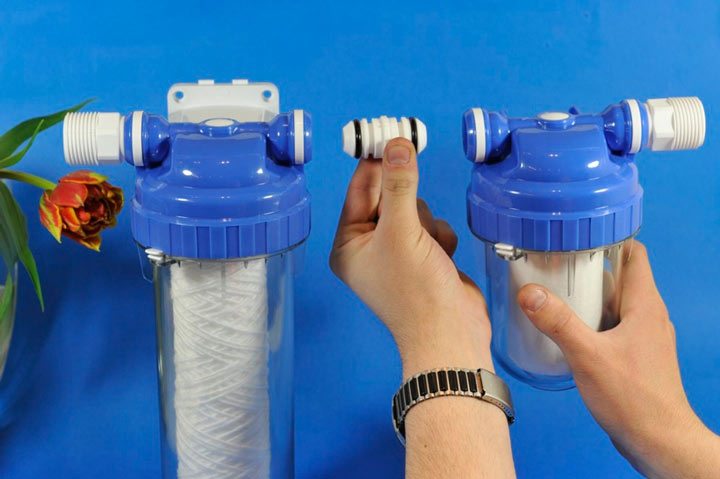
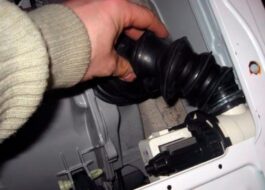
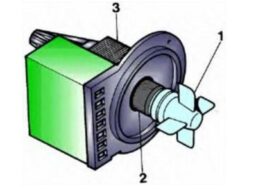















Add a comment